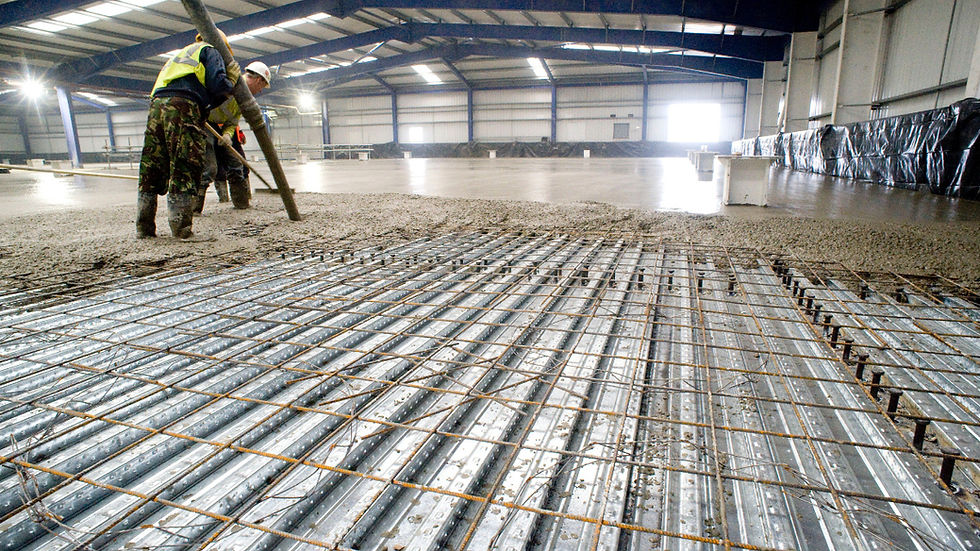Comparing PP Fibers with Traditional Reinforcement Methods
- pioneerfiber

- 5 days ago
- 2 min read

Introduction
Concrete has long relied on traditional reinforcement methods such as steel mesh and rebar to improve its strength and durability. However, the introduction of polypropylene (PP) fibers offers an innovative alternative with distinct advantages. This article compares PP fibers with traditional reinforcement methods, highlighting the key differences and benefits for modern construction.
PP Fiber Material Composition and Installation
Traditional reinforcement uses steel mesh or rebar, requiring precise placement and extensive labor during construction. In contrast, PP fibers are synthetic polymer strands added directly to the concrete mix, distributing evenly throughout the matrix. This eliminates the need for manual placement and significantly reduces labor time and errors.
Crack Control and Durability
While steel mesh provides macro-reinforcement and controls large-scale cracking, it may not effectively prevent microcracks caused by shrinkage or thermal stress. PP fibers address this gap by intercepting microcracks and enhancing tensile strength across the entire concrete structure. Additionally, PP fibers’ corrosion resistance provides superior durability, especially in environments exposed to moisture or chemicals.
Weight and Handling
Steel reinforcement is heavy, requiring machinery and skilled labor for transportation and installation. PP fibers, being lightweight, are easy to transport and mix into the concrete without specialized equipment. This reduces logistical challenges and safety risks on site.
Cost Efficiency
While the upfront cost of PP fibers may seem higher per unit than steel, they eliminate costs associated with cutting, placing, and tying steel reinforcement. Additionally, by reducing cracking and improving long-term durability, PP fibers help minimize maintenance and repair costs over the structure’s lifespan.
Applications and Flexibility
PP fibers are particularly effective in applications where microcrack control, enhanced toughness, and chemical resistance are required. These include industrial floors, tunnel linings, precast elements, and shotcrete applications. Steel reinforcement, while essential in load-bearing elements, can be complemented or replaced by PP fibers in many scenarios to improve performance and efficiency.
Conclusion
PP fibers provide a compelling alternative to traditional steel reinforcement methods, offering advantages in installation efficiency, crack control, durability, and cost savings. As concrete technology continues to advance, PP fibers will play an increasingly important role in modern construction projects.
Explore PIONEER’s range of concrete reinforcement fibers and how they improve concrete properties. Visit our website: www.pioneerfibre.com
Contact us today to request samples, technical data, or a custom solution for your project.
Email: Sales@pioneerfibre.com | Email: Support@pioneerfibre.com
WhatsApp: +1 (929) 569-9989 | +86 151-6240-5106






Comments